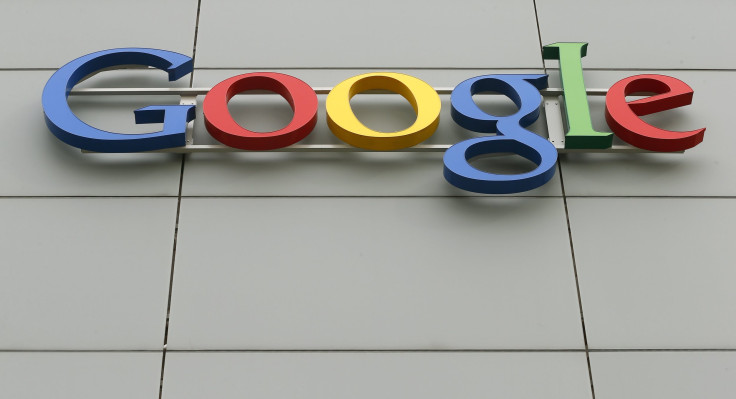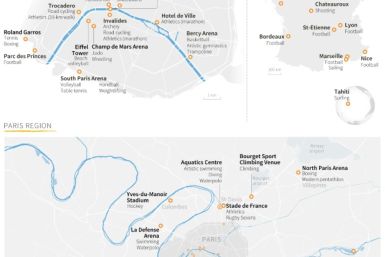Google plans to lower Android One prices

The next Android One phone from Google may be priced as low as $50 in the coming years, cutting its current price tag by half. This may be part of Google’s plans to restart its Android One project in India.
In an interview with Financial Times, Rajan Anandan, Google’s managing director in India and Southeast Asia stated that the company remains “very committed” to Android One. Since its launch in India last September, the Android One has struggled to entice the market and, in the end, failed to meet the company’s expectations. Google had manufactured phones under Android One standard and had priced it at about $100 (AU$135.52) during its launch last year. Anandan stated that he wanted phones based on Android operating system to target the “sweet spot” in the cost conscious Indian smartphone market by introducing a device priced between $31 (AU$42.01) to $47 (AU$63.70).
With the Android One, Google aims to deliver better user experience of affordable Android handsets, with first-time users in emerging markets as its main target. Google has even teamed up with OEMs like Karbonn, Spice, Micromax and Lava to introduce low-end Android-based phones featuring modest specifications, NDTV Gadgets reported.
After making its debut in India, Google expanded its Android One project to other emerging markets, including Indonesia, Nepal, Bangladesh, Sri Lanka and Pakistan. However, the initiative did not take off as expected, due in part to the unavailability of decent bandwidth in target markets that hindered further the adoption of Android One.
Even Google’s YouTube and Maps also need reliable Internet connections to work on mobile devices. As such, Google’s next steps is to develop more products that would serve its customers in emerging markets with slow data connections. In fact, the company had recently introduced offline versions of YouTube and Maps.
Google’s plan for India suggests that it has taken cognizance of the country’s fast growing Internet population. In terms of users, Facebook considers India as its second largest market while Twitter looks at the country as its third largest market.
Contact the writer at feedback@ibtimes.com.au or let us know what you think below.






